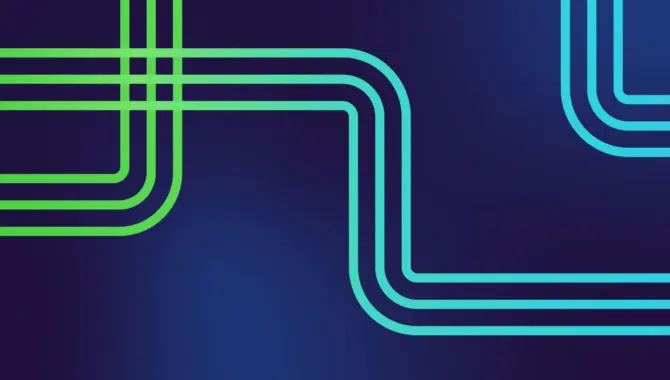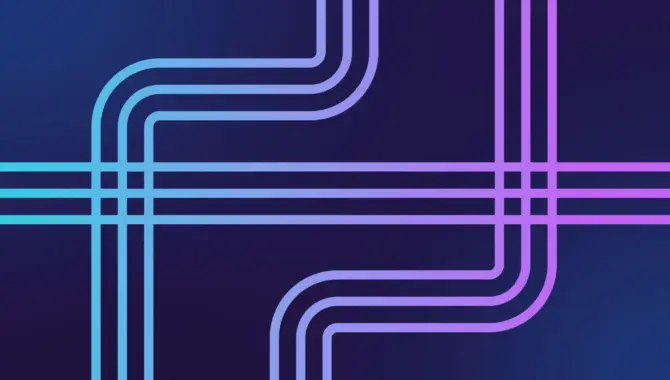
Automation is a core part of the modern lab, accelerating experimental processes, enabling cost savings, reducing errors, and more. Achieving these benefits requires investment, not just in implementation costs, but also in the integration of various instruments, software, and protocols. While scheduling focuses on optimizing tasks within individual workcells, lab orchestration plays a pivotal role in streamlining these processes across the entire lab. It enables the automatic coordination of tasks such as sample preparation, data acquisition, analysis, and reporting, by integrating all components into a cohesive system.
Lab orchestration employs centralized control systems to coordinate and integrate the operation of multiple workcells, lab devices, and software tools throughout the laboratory. Unlike scheduling, which focuses on managing tasks within individual workcells, orchestration ensures seamless data flow and real-time monitoring across the entire lab. This approach mitigates human error, enhances efficiency, and ensures the reproducibility of experiments, enabling scientists to create true end-to-end workflows and achieve the pinnacle of a fully automated laboratory.
Key Components that can be Connected through Laboratory Orchestration
Automation of Routine Tasks
- Robotics and Automated Instruments: Automating repetitive tasks such as sample preparation and data entry within individual workcells reduces the time scientists spend on these activities, minimizing human error and freeing up time for more critical analysis. Scheduling within workcells optimizes these tasks, while orchestration integrates them into lab-wide workflows.
- Scheduling Systems: Advanced scheduling algorithms optimize the use of laboratory resources within individual workcells, including equipment and personnel, by coordinating the timing and sequencing of tasks. These systems operate at a granular level, while orchestration combines these scheduled tasks into comprehensive workflows that span the entire laboratory.
Integrated Data Management
- Laboratory Information Management Systems (LIMS): These systems centralize data storage. They make it easier to track samples, manage workflows, and access historical data.
- Electronic Lab Notebooks (ELNs): ELNs replace traditional paper notebooks, providing a more efficient way to record, share, and analyze experimental data.
Real-Time Monitoring and Analytics
- Internet of Things (IoT) Devices: Sensors and connected devices monitor lab conditions (e.g., temperature and humidity) in real time. These tools can ensure optimal experimental conditions and alert staff to any anomalies.
- Data Analytics Platforms: These platforms analyze large datasets to identify patterns, optimize workflows, and predict outcomes. Utilizing these platforms can lead to more informed decision-making.
Efficiency Gains from Lab Orchestration
Our Green Button Go (GBG) Orchestrator automation software provides comprehensive orchestration across the entire laboratory, enabling seamless integration and control of multiple workcells and diverse software tools. Unlike scheduling, which operates at a narrow level within individual workcells, orchestration connects these units to form cohesive workflows throughout the lab. GBG offers a user-friendly interface to design, execute, and monitor complex workflows tailored to specific lab requirements. It supports various lab instruments and integrates with existing systems, ensuring smooth operation and communication between different technologies. With real-time data collection and analytics, GBG delivers valuable insights into workflow efficiency, instrument usage, and potential bottlenecks, enhancing overall lab performance and productivity.
Device Integration
At Biosero, we specialize in integrating diverse lab instruments and devices into a cohesive orchestrated system, ensuring seamless communication and coordination between different technologies across the laboratory. This enhances overall workflow efficiency by connecting workcells and supporting lab-wide automation. Our solutions are designed to be compatible with instruments from various manufacturers, making it easier for labs to adopt orchestration and automation without replacing existing equipment.
Workflow Design and Optimization
To help labs design and optimize their workflows, we offer expert consulting services. Our team works closely with clients to understand their specific needs and develop tailored solutions. Through ongoing support and updates, we ensure labs can improve workflows to keep pace with evolving research demands.
Support and Training
Comprehensive training programs are provided to ensure lab personnel can effectively use our automation systems. These include hands-on training, webinars, and documentation. Additionally, dedicated technical support is available to assist with any issues that arise, ensuring minimal downtime and maximum efficiency.
Increased Throughput
By automating repetitive and time-consuming tasks, our solutions significantly increase the throughput of laboratory operations. This can allow labs to process more samples in less time and accelerate research and development.
Enhanced Accuracy and Consistency
Automation reduces the potential for human error, leading to more accurate and consistent results, which is particularly important for high-stakes applications such as drug discovery and clinical diagnostics.
Resource Optimization
Our scheduling software ensures optimal use of lab resources, including instruments and personnel. This reduces idle time and ensures that all available resources are utilized efficiently. Additionally, underutilized hours overnight can be turned into productive hours with end-to-end orchestrated solutions that keep experiments running when humans aren’t present or available.
Scalability
As research projects grow in complexity and volume, our solutions can scale accordingly, ensuring that labs can handle increased workloads without compromising on efficiency or accuracy.
Improved Collaboration
Integrated data management and real-time monitoring facilitate better collaboration among research teams. Shared access to workflow data and standardized protocols enhance communication and coordination, improving the overall efficiency and effectiveness of laboratory operations.
Perfect Your Procedures With Lab Orchestration Technology
Lab orchestration is a powerful approach to enhancing efficiency in modern laboratories. By automating routine tasks, integrating data management, and leveraging real-time monitoring and analytics, labs can achieve significant time and cost savings, improve accuracy and reproducibility, and foster better collaboration. As technology advances, the potential for lab orchestration to transform scientific research and development will only grow. Improvements in lab orchestration can lead to even greater efficiency gains and scientific breakthroughs.
Here at Biosero, we play a critical role in modern lab orchestration by providing advanced automation and integration solutions. Our Green Button Go software, device integration services, and expert consulting enable laboratories to achieve significant efficiency gains. Through enhanced accuracy, resource optimization, scalability, and improved collaboration, we support labs with transforming their operations and achieving greater productivity and innovation. We are ready to help you with your lab orchestration. If you want to learn more about lab orchestration, browse the articles on our blog. Our specialists are also available to deliver additional insights on lab orchestration if needed. Contact us today if you would like to learn more.


Want to automate smarter, not harder? Join the Biosero newsletter and stay in the loop with the latest lab automation strategies, success stories, and product updates.

